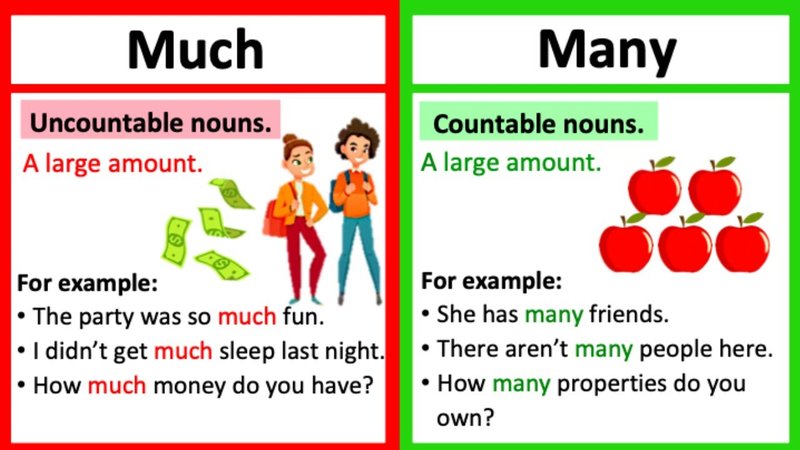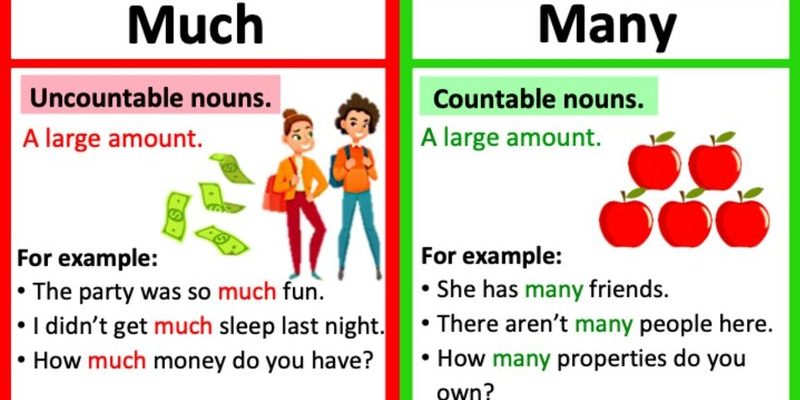
Living in zip code 10001 (right in the heart of New York City), you know how quickly weather, construction, or unexpected power grid hiccups can leave you in the dark. Some folks are just after a basic portable generator to keep the essentials running, while others want a seamless whole-house setup that feels as automatic as, well, flipping a light switch. The right system—and the cost—comes down to your needs, your space, and whether you’re looking at classic generators or newer battery backup solutions from brands like Generac, Tesla, or EcoFlow.
What Is a Home Backup System?
Let me explain what we’re actually talking about here. A home backup system is basically a safety net for your power supply. When the main electricity goes out—maybe because of a storm, utility work, or just a random outage—a backup system kicks in and keeps your essential devices running.
Some people picture a loud, gasoline-powered generator chugging away on a patio. Others might think of a sleek wall-mounted home battery—like the Tesla Powerwall or LG Chem RESU—silently humming along, ready to take over. There are even hybrid systems that combine batteries and generators for extra flexibility. At their core, all these options are about one thing: keeping your critical circuits (think fridge, medical devices, Wi-Fi router) powered up when everyone else on the block is in the dark.
Here’s the thing: the “right” backup setup for an apartment in 10001 looks pretty different than what you’d get for a suburban house. Apartment dwellers might not be able to install a big generator or mess with the building’s electrical code. Homeowners with rooftop access—or a small backyard—have a lot more flexibility. So, knowing what you can install is as important as knowing what you want.
Types of Home Backup Systems (and What Fits in 10001)
You might be wondering, “Which backup system really works in a dense Manhattan zip code like 10001?” Let’s break down the main options:
- Portable Generators: These are classic, gas-powered units you can wheel out during a blackout. They’re affordable, but they’re also noisy, require manual setup, and aren’t ideal for apartments or tight city spaces.
- Standby Generators: A brand like Generac makes these larger, permanent units that turn on automatically when the power fails. They’re great for single-family homes but usually need outdoor space and professional installation.
- Home Battery Systems: Options like the Tesla Powerwall or EcoFlow DELTA series are sleek, quiet, and can often be installed indoors. They use rechargeable batteries to store electricity and kick in seamlessly when the grid drops.
For most folks in 10001, the home battery system is increasingly popular. It’s perfect for apartments and brownstones where you might not have room (or permission!) for a noisy gas generator. Portable generators do have a place, but they’re mainly for those with the ability to use them outdoors, far from neighbors’ windows.
In a city zip code like 10001, the trend is shifting toward battery backup systems—clean, quiet, and less hassle for both you and your neighbors.
How Much Does a Home Backup System Actually Cost in 10001?
Alright, let’s get down to numbers—the real reason you’re here. The cost of a home backup system in zip code 10001 varies wildly, depending on the type, brand, your specific needs, and even building rules or local codes.
Here’s a quick table for ballpark estimates:
| System Type | Estimated Cost (Installed) |
| Portable Generator | $500 – $2,500 |
| Standby Generator | $8,000 – $20,000+ |
| Home Battery System | $12,000 – $25,000+ |
Let me walk you through what those numbers mean:
- Portable generators are the cheapest to buy, but don’t forget to budget for fuel, extension cords, and regular maintenance. Plus, if you’re in a high-rise, using one might not be allowed by your building, or even legal.
- Standby generators are a big step up. They need professional installation, a fuel line (like natural gas or propane), and often require permits. The upfront cost covers the generator, installation, and sync with your home’s electrical panel.
- Home battery backup systems (from Tesla, LG, or EcoFlow) are usually pricier up front, but they’re almost silent, require zero fuel, and have almost no ongoing maintenance. Installation in NYC can cost more than the suburbs because of labor rates and strict codes. Some companies even offer 0% financing or rebates if you’re adding solar, though tax incentives change year by year.
And remember, these are “turnkey” prices—so they include both the system and professional setup. If someone quotes you way less, dig into what’s missing. In dense city buildings, extra installation costs (like code compliance or tricky wiring) can sneak up on you.
Factors That Affect Backup System Costs in Zip Code 10001
Honestly, the sticker price tells only part of the story. In a place like Manhattan, there are a few unique factors driving the final bill higher or lower:
- Building Type: High-rises, brownstones, and condos each have their own electrical quirks. In a co-op or rental, you might need building approval—or you might be limited to “plug-and-play” portable or battery units.
- Power Needs: If you just want to keep your phone and Wi-Fi running, a small portable or single battery could work. If you want full coverage—AC, fridge, lights, medical devices—you’ll need a beefier (and pricier) system.
- Installation Complexity: Manhattan buildings can have thick walls, outdated wiring, or weird layouts. Sometimes, the installation itself is the hard part, not the equipment.
- Local Codes & Permits: New York City has strict electrical codes, especially concerning backup power. Expect extra paperwork, inspections, and potential fees as part of the process.
Here’s the thing: in zip code 10001, installation and compliance can add thousands to the project, especially in older or historic buildings. That’s why it pays to get a site-specific quote, rather than just going by online prices.
What’s Included (and What’s Not) in a Backup System Price?
You might see an ad online for a “$10,000 Tesla Powerwall system”—but what exactly do you get for that price? Let me break it down, because the extras can make or break your budget:
- The Backup Unit: That’s the generator or battery itself. Higher capacity = higher price.
- Mounting/Installation: Professional setup is a must in NYC, and it includes wiring, code syncing, and sometimes custom brackets or enclosures.
- Electrical Panel Upgrades: If your building’s wiring is old or not up to code, you might need a main panel upgrade before syncing the new system.
- Permits & Inspections: Most battery and standby systems need city permits, and the electrical work has to pass inspection.
- Optional Add-Ons: Things like auto-transfer switches (make it seamless), whole-home coverage, or even integrating with solar panels for extra savings.
What’s usually *not* included? Ongoing fuel for generators, extended warranties, or replacements for old wiring. For battery systems, syncing with a rooftop solar array is extra. Always ask your installer for a line-by-line quote—if they can’t explain every item, that’s a red flag.
Popular Brands and Models: What Are People Buying in 10001?
If you walk around zip code 10001, you’ll see a mix of older generators alongside a ton of new battery installs. Here’s what’s hot (and why):
- Generac: The classic name for standby generators, popular in single-family homes and brownstones. Reliable and powerful, but not apartment-friendly.
- Tesla Powerwall: The poster child for home batteries, with a sleek design and smart app. It’ll store power from the grid or solar, and switch over automatically when needed.
- EcoFlow Delta & Bluetti: These are portable battery stations, popular for renters or folks who want something less permanent. Great for basic backup—think phones, laptops, Wi-Fi—but not for every appliance at once.
- LG Chem RESU: Similar to Tesla, a trusted choice in home batteries, often used with solar.
Here’s a quick story: My neighbor in Chelsea added a Tesla Powerwall last year after a few blackouts left him stuck (literally) with dead elevators and no working fridge. He spent about $18,000 (after tax credits), but now he brags about checking his system from his phone—and he hasn’t lost power since.
Alternatives and Budget-Friendly Backup Options
Let’s be real: not everyone can drop $20,000 on a backup system. If you’re cost-conscious, there are still ways to keep the lights (and Wi-Fi) on during an outage:
- Portable Power Stations: Think of these like giant battery banks. They’re quiet, rechargeable, and safe for indoors. EcoFlow and Jackery make popular models. Most can power a few essentials for several hours—perfect for apartments.
- UPS (Uninterruptible Power Supply): These are small battery backups that keep computers or routers online just long enough to safely shut down or switch over. Not a whole-home solution but a lifesaver for sensitive electronics.
- Manual Transfer Switches: For those with a portable generator, installing a manual transfer switch lets you safely connect the generator to your home’s circuits. Not as seamless as an automatic system, but much safer than running loose extension cords everywhere.
If your primary concern is keeping medication cool or working remotely during a storm, a portable battery might be all you need. They aren’t cheap (anywhere from $300 to $2,000), but compared to a full-house system with city permits, it’s a bargain—and yes, you can take it with you when you move.
How to Choose the Right Backup System for Your Space
Choosing the “right” backup system in zip code 10001 isn’t one-size-fits-all. Here’s what you should consider:
- Space Restrictions: Can you install something permanent, or does it need to be portable? Building rules in NYC are strict—always check first.
- Power Needs: Make a list of essentials you want to keep running: fridge, internet, medical equipment, lights, etc. Add up their wattage to size your system properly.
- Budget (Upfront & Long-Term): Factor in not just the purchase price, but installation, fuel (for generators), and any future maintenance.
- Noise & Fumes: In a city, the quieter and cleaner, the better. Battery systems win here, hands down.
- Resale & Portability: If you rent or plan to move soon, focus on portable options you can take with you.
Talk to local installers—they know the ropes on NYC codes, and can suggest what’s doable in your specific situation. And don’t be afraid to ask dumb questions. A good installer will walk you through how to set up, sync, and maintain your system, whether it’s a battery or a standby generator.
There’s no “universal remote” for home backup systems—what works for a brownstone might not fit in a high-rise. Start with your needs, not just the marketing.
Closing Thoughts: Peace Of Mind in Every Power Outage
At the end of the day, a home backup system isn’t just about keeping your Netflix running (though, let’s be honest, that’s a nice perk in a blackout). It’s about feeling prepared and keeping the basics—fridge, lights, heat, internet—running no matter what. In zip code 10001, the cost can range from a few hundred to tens of thousands, depending on your setup. But knowing your options means you can choose the solution that actually fits your life, your space, and your budget.
Whether you’re eyeing a sleek Tesla Powerwall, a classic Generac standby, or a simple portable battery, remember: the right system is the one that gives you peace of mind when everything else goes dark. If you tackle it step by step, ask the right questions, and think about your real needs, you’ll end up with a backup plan that truly works—no matter what the New York grid throws your way.
